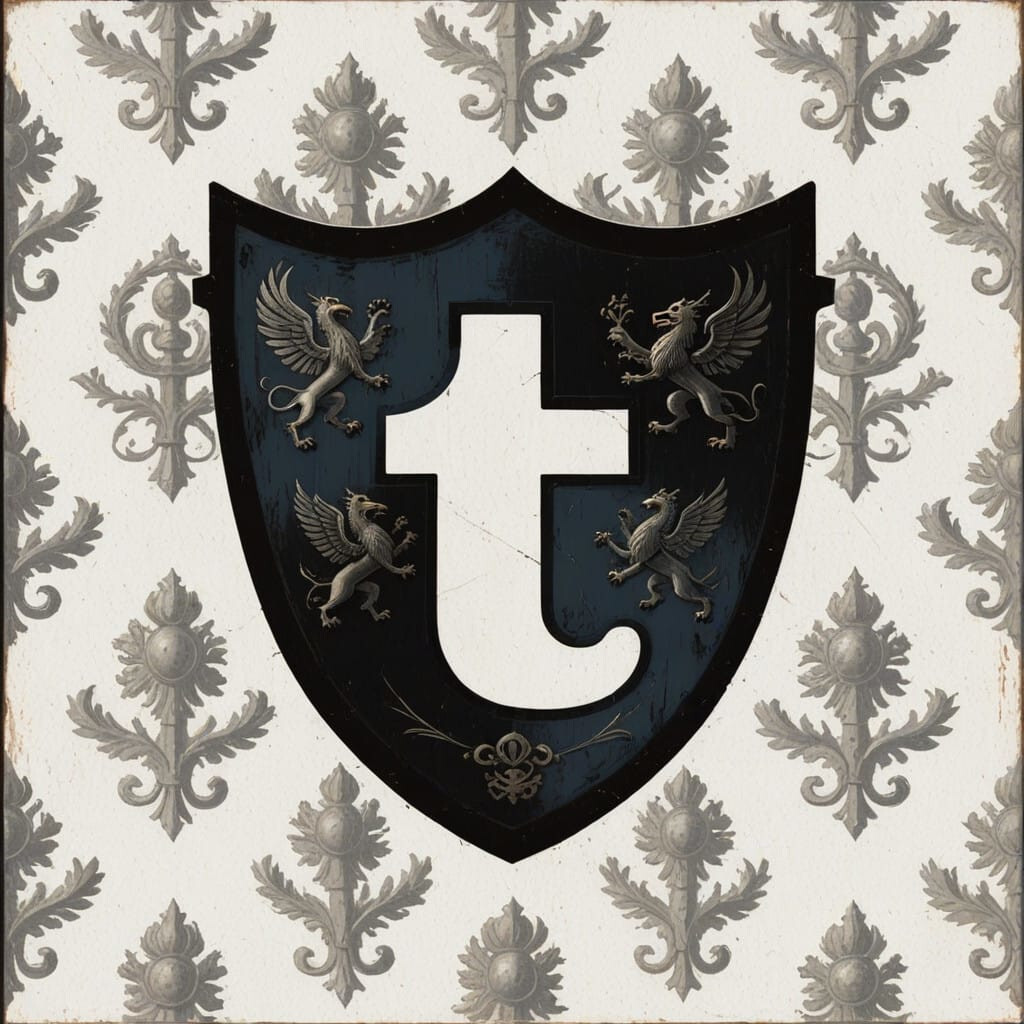

You can read some words or full sentences sometimes, but some letters like taw (taa’) ت ܬ, ‘ayn ع ܥ, het (haa’) ح ܚ, and shin (sheen) ش ܫ are impossible to guess without checking out the alphabet first. The madnhaya script is closer to Arabic than the Estrangela script (which you’re probably seeing on your device).
Instead of the Arabic way of distinguishing similar letters by using dots, Syriac adds fangs or lines to change the “rasm” of the letter except for dal and raa’ which use a dot below and one above, respectively. I used to confuse waw ܘ, qaf ܩ, and mim ܡ a lot at first.






NP. It’s really interesting beyond it’s similarities to Arabic too; the dots in Syriac are used to make letters hard or soft, which makes a lot more sense than using the same rasm with a different number of dots to make a completely different sound.
The language also often explains the little weird differences between levantine Arabic and MSA or other dialects, like the word “طاقة” which refers to small round windows and “بوبو” which is used to refer to an infant.
The equivalent to Arabic ط is “tet”: ܛ, but in some fonts of Syriac “taw” ܬ looks like a mirrored ܛ.